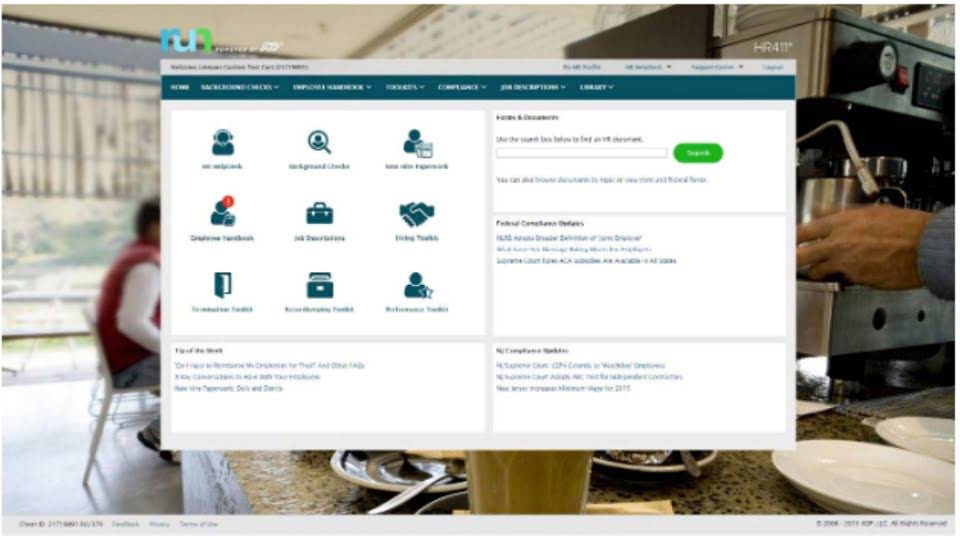
If you’re new to the balance sheet, understanding each of its components can seem like an overwhelming and complicated ordeal. Vertical analysis is used to gain a picture of whether performance metrics are improving or deteriorating. A leveraged buyout (LBO) is a transaction in which a company or business is acquired What is bookkeeping using a significant amount of borrowed money (leverage) to meet the cost of acquisition. The management team of a company could use the percentages to set goals and define threshold restrictions using these numbers.
How To Calculate Vertical Analysis
In summary, applying vertical analysis to the income statement provides a clear, proportional view of financial performance. It enhances the ability to monitor changes over time and facilitates meaningful comparisons between different entities. This method is invaluable for both internal management and external stakeholders looking to make data-driven decisions. Vertical analysis is an accounting tool that enables proportional analysis of documents, such as financial statements.
- In the realm of finance, vertical analysis aids in comparing the composition of income and expenses over time or against industry peers.
- The significance of vertical analysis accounting is well-established in businesses irrespective of their size or stature.
- Vertical analysis, also known as common-size analysis, is a financial statement analysis method where each line item in a financial report is expressed as a percentage of a base figure.
- Let’s walk through a detailed vertical analysis example to see these concepts in action using real income statement and balance sheet figures.
What are the potential misinterpretations in Vertical Analysis?
Explore the insights gained from analyzing each line item vertically and gain a clear picture of your company’s financial performance. By conducting a vertical analysis, you can identify trends and interpret the results to make informed decisions for your business. To calculate vertical analysis, start by gathering your financial statements – balance sheet and income statement. Next, dive into the numbers and calculate the percentage each line item represents in relation to the total. This detailed process will provide valuable insights into how your company allocates resources and generates revenue. In the world of financial accounting, vertical analysis is a technique used to evaluate the financial health and stability of a company.
Net Income
Vertical analysis enables the analyst to delve deeper into a financial statement and better comprehend its composition. To perform such analysis, one needs to create a common size financial statement (for example, a common size income statement). We can see that current assets make up 40% of total assets, which could indicate that the company is keeping a relatively large amount of cash on hand. This may or may not be a red flag, depending on the company’s industry and growth strategy. You can apply the information you gather through a vertical analysis of your financial documents by comparing particular accounting periods to each other. This helps you get a better idea of general trends in your accounts and any growth or decline that may have occurred over set periods of time.
Industry-Specific Variability

This rose sharply to 52% of sales in year 3 (from 41% and 44% in year 2 and year 1 respectively). Ultimately, the way in which you apply a vertical analysis of your accounts to your business will depend on your organisational goals and targets. By calculating percentages for each component, companies can assess financial structure and identify areas where resources are concentrated.
Disadvantages of Using Vertical Analysis for Your Business
On the balance sheet, the most common base figures are total assets and total liabilities plus equity. Since all items are presented as a percentage of total revenue, stakeholders can directly compare the profitability and expense structures of various businesses. This is particularly useful for investors and analysts who need to assess the financial health of companies within the same industry. On the balance sheet, vertical analysis involves real estate cash flow expressing each asset, liability, and equity item as a percentage of total assets. Stakeholders can quickly discern the proportion of assets financed by debt versus equity, providing insights into the company’s leverage and risk profile.

Vertical Analysis for Balance Sheets
We plan to cover the PreK-12 and Higher Education EdTech sectors and provide our readers with the latest news and opinion on the subject. From time to time, I will invite other voices to weigh in on important issues in EdTech. We hope to provide a well-rounded, multi-faceted look at the past, present, the future of EdTech in the US and internationally.
Advance Your Accounting and Bookkeeping Career

By expressing each item as a percentage of a base figure, such as total assets or total sales, stakeholders can quickly identify trends and vertical analysis make informed decisions. This method simplifies the comparison process, making it easier to spot growth patterns or potential red flags. In practice, vertical analysis is particularly useful for assessing the structure of a company’s financial position and performance. Vertical analysis, also known as proportional accounting, assesses financial statements by expressing each item as a percentage of a base figure.
So join us on this journey of discovering the power of vertical analysis – an essential tool for any detail-oriented business owner seeking belonging within their industry. Comparing these percentages over time or across industry peers can give you an understanding of trends and potential financial issues. For instance, if expenses rise significantly while revenues remain static or even decrease, this could signal a problem that warrants further investigation. To perform a proportional analysis, each cash flow item is divided by the total cash inflows or outflows, then multiplied by 100 to get a percentage.
